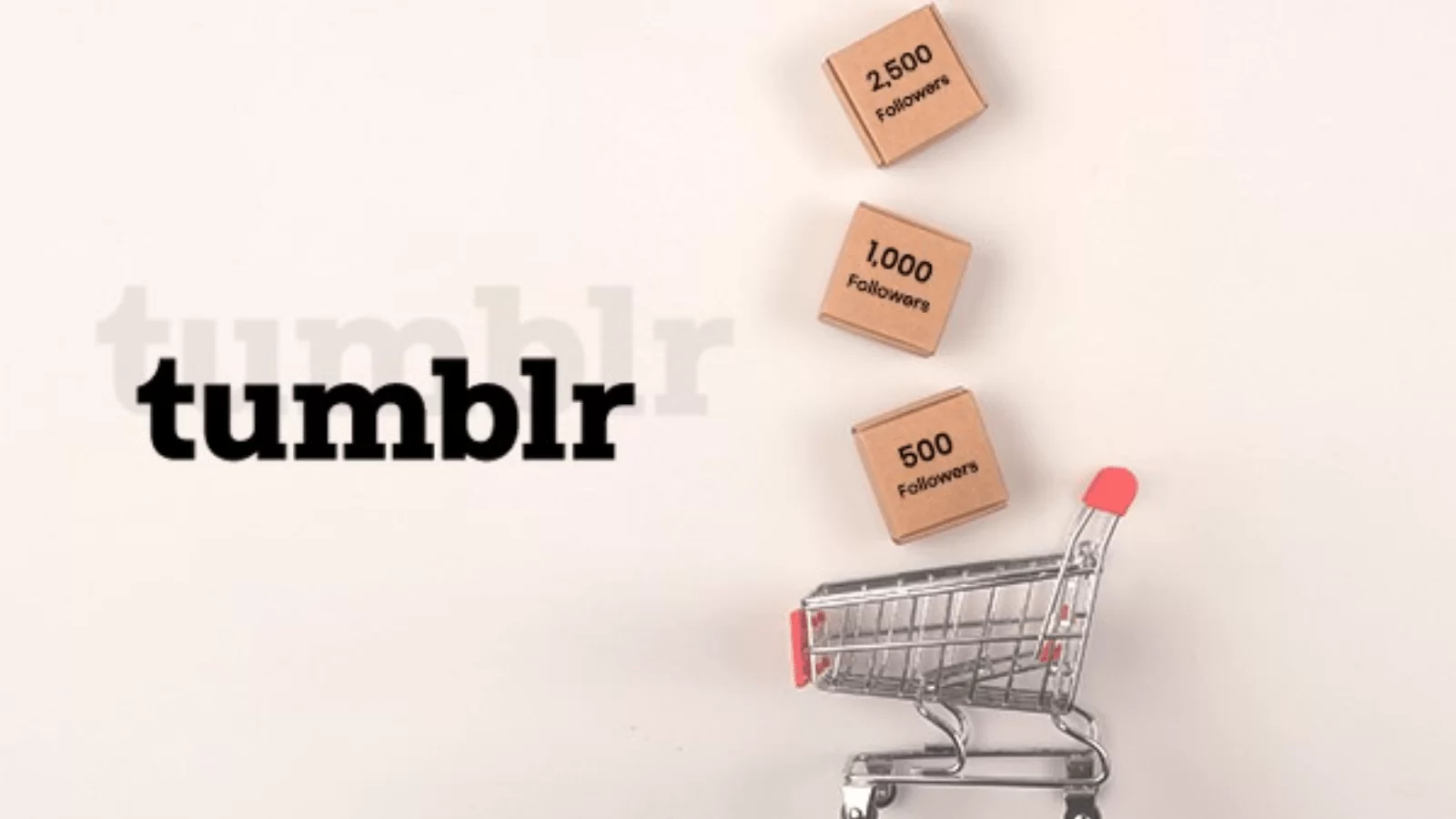We’ve often expressed the importance of having an e-commerce strategy here on the SaleHoo blog. It’s an absolute if you want to survive the online marketplace in the long term. However, a good strategy has many facets. You have to consider each and every aspect of your plan, down to the finest detail, for it to do the job correctly.
A good e-commerce marketing strategy can be derailed by poor planning on any front. Be proactive and learn more about the most effective tactics to use in any given situation. Here are (in no particular order) the best e-commerce strategies that have been proven successful today, and will likely still be in heavy use tomorrow.
1. 1-800 Numbers

Customer service is something that you need to have in place. Some 89 percent of customers will not return to a site after experiencing poor customer service. A 1-800 number placed prominently on the website tells customers that you are all about customer service.
Of course, part of your e-commerce strategy should be not merely having the number, but actually having the system in place for answering the calls and addressing customer support issues.
2. Automation

Online buyers abandon carts when the buying process becomes too complicated or takes too much time. Automation eliminates many steps that can delay the moment of conversion.
Aim to keep the distance between the cup and lip as short as possible to prevent slips. Invest in the most efficient and smooth shopping cart and payment system you can afford.
3. Cross-Platform Support

Most people still do their shopping on a desktop or laptop, but the number of mobile shoppers is rapidly increasing. Responsive design is bigger than ever before and it adds immeasurably to the long-term value of your website. Keep that in mind when constructing your e-commerce marketing strategies.
4. Cross-Selling Related Products

A good example of the success of cross-selling is Amazon, which has repeatedly struck gold with its “frequently bought together,” “customers who bought this also viewed” and “customers who bought this item also bought” sections.
Encourage your customers to consider your other products for sale by giving them suggestions upon checkout, or sending them an email about what they might have missed.
5. Email Campaigns

According to iContact.com, customers who receive an email newsletter from a company spend 82 percent more than one-off customers. That’s a lot, considering the negligible cost of sending email newsletters. Put considerable effort in getting your site visitors to give you their contact information. Once you have access to their inboxes, offer a discount on their first purchase, or coupons for free shipping.
6. Focus on Local

Affluence and authority in the vast global community may be a tempting prize, but many small e-commerce players do very well by catering to their local community. It makes it a lot easier to address the issues of people whom you may relate to a little better than someone overseas. Not to mention fulfillment is also a lot more efficient.
7. Free shipping

Do we really need to tell you why this is a GREAT strategy again? Of course not.
8. Freebies and Discounts

This is another one we’ve covered repeatedly. Simple concept: offer something for nothing, reap long-term benefits in customer loyalty. Rinse and repeat.
9. Great Content

Another no-brainer. Google will like you more for it. Your customers will have one more reason to visit your site other than to spend money, and while they’re there, they may just decide to start shopping. Improve SEO and customer satisfaction in one fell swoop.
10. Improved Delivery

Many buyers place a premium on getting their stuff as early as possible (hence the popularity of services like Amazon Prime), and many buyers add a star to their ratings for prompt delivery alone. This is something that large online stores already consider a must, so as a small online store you should do no less.
11. Correct Timing for Ad Placements

If you are investing in ad placements, be judicious. Pinpoint the day as well as time of day when your target customer is likely to be receptive to your offerings for maximum impact. For example, people who shop for clothes are likely to go on their social media accounts at night or during mealtimes on weekdays, so as a clothing e-commerce store you want your ad to be prominent during those times.
12. Mobile Ads

Because more people are using their mobile for browsing and shopping, you need to make a plan to place ads specific to mobile devices.
13. Onsite Product Reviews

It is well known that people increasingly look to reviews to make buying decisions, not just recommendations from friends and family. Right now it stands at around 80 percent, so you really cannot ignore implementing reviews as part of your e-commerce strategy.
14. Personalize Your Offerings

The anonymity of the Internet has sharpened the need for people to feel acknowledged and special. Make the effort to customize your offerings for a particular user, such as addressing them by name when they’re logged into their accounts, and identifying their latest activities on your website.
15. Pop-Ups

You have to be careful with popups because they can be darned annoying, but the 25 percent conversion rate from the more impulsive shoppers is hard to ignore. Pop-ups leading a customer to social media platforms can also encourage a deeper relationship with your customers.
16. Referrals

Word of mouth is almost as important as an online review. We say almost because “telling a friend” limits you to a customer’s social circle. However, a referral is almost as good as a sale, so you should consider setting up an attractive referral program for your customers. A discount on their purchase is as good as a nod.
17. Target Social Media

Aside from having quality and current content on your website, focus on your social media platforms to engage your customers. Your tone is very important. Like their likes and entertain their comments and inquiries promptly and in a friendly manner. It’s not a social network for nothing.
18. Target Your Audience

There is nothing easier than selling to someone who is already interested. Pay special attention to people who have already shown interest by making an inquiry or downloading your coupon. Facebook has a Custom Audience feature, which lets you construct a list of people who have visited your website or have used your mobile app, and then Facebook sends your ad directly to the people on the list.
19. Blogging

You need to be in good skin with influential bloggers in your industry. Earning a good review from PC Magazine for your tech stuff, for example, will boost your exposure and credibility like nothing else. They can also kill you with a scathing remark or a poor rating.
That’s all for our killer list of e-commerce strategies. Which ones will you employ? Which ones have you been using already? Which ones would you like to know more about? Tell us in the comments!
I’m telling you about this, because I believe in giving information regarding PPC advertising
forward,
I don’t know how much longer people accepting new technology , so you had better check it out now if you can.
Just click the link below to get started:
Discover more from Personal Blog of Richard Tong
Subscribe to get the latest posts sent to your email.





Major thankies for the blog article. Will read on…
F*ckin awesome things here. I am very glad to see your post. Thanks a lot and i am looking forward to contact you. Will you kindly drop me a mail?
Currently it looks like Expression Engine is the preferred blogging platform out there right now. (from what I’ve read) Is that what you are using on your blog?
An interesting discussion is worth comment. There’s no doubt that that you should publish more about this subject, it might not be a taboo matter but usually folks don’t discuss these subjects. To the next! Best wishes!!
Genuinely when someone doesn’t know then itsup to other viewers that they will assist, so here it occurs.
I like this post, enjoyed this one thanks for putting up. “The reward for conformity was that everyone liked you except yourself.” by Rita Mae Brown.
I think this is a real great post. Keep writing.
Say, you got a nice article. Will read on…
Very neat article post.
I value the post.Much thanks again.
Thanks for the article.Thanks Again. Keep writing.
Say, you got a nice blog post.Really thank you! Really Cool.
Great, thanks for sharing this post.Much thanks again. Great.